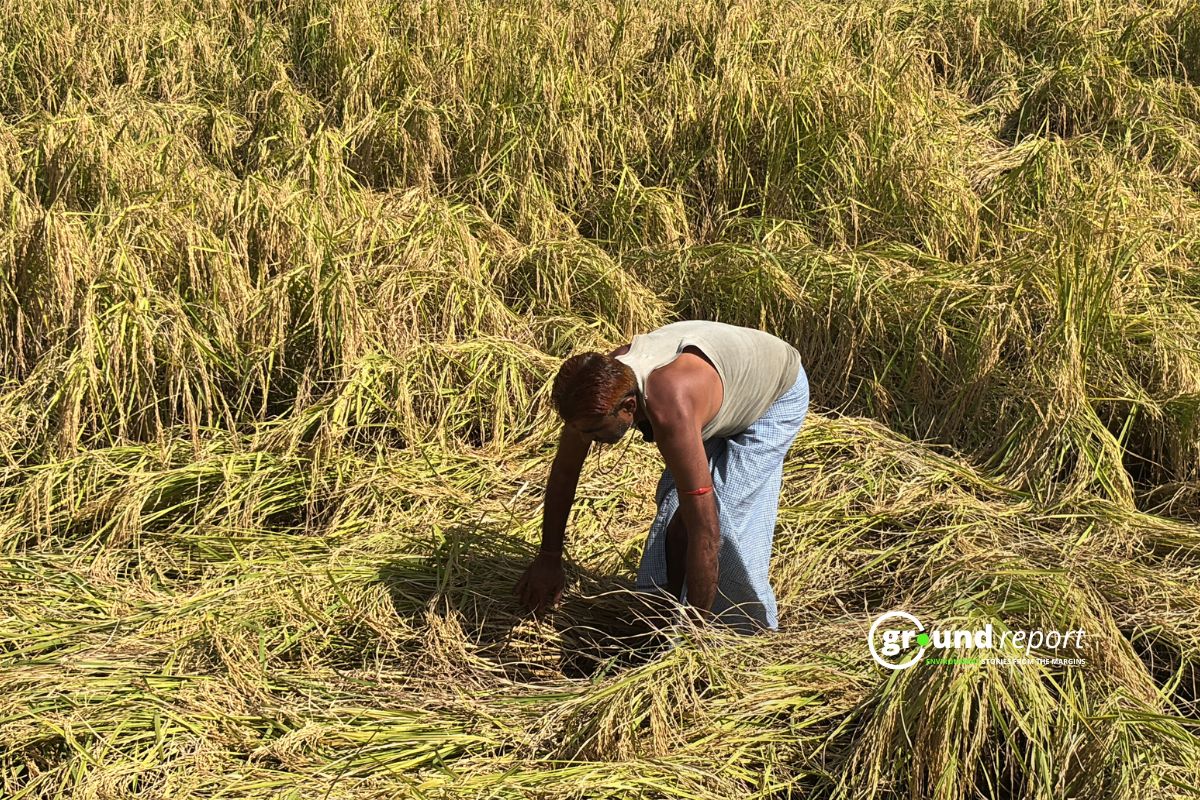The PM Surya Ghar: Muft Bijli Yojana is being implemented across all the States/UTs of the country with the objective of installing rooftop solar plants in one crore households. The scheme has a financial outlay of Rs 75,021 crore.
However, according to an answer in Lok Sabha by Shripad Yesso Naik, Minister of New and Renewable Energy, the provisions of the scheme approved by the Government, the eligible residential rooftop solar plant is required to be installed only on a roof/terrace/balcony or on top of elevated structures. The minister shared the information over the question- whether the owners of the kachha roof households are likely to get the benefit of the said yojana if they install solar panels in their courtyard or fields.
Criteria for The PM Surya Ghar: Muft Bijli Yojana
Any consumer tagged to a particular residential power connection of the local DISCOM is eligible to take benefit under the scheme and can install RTS systems on a roof/terrace/balcony or top of elevated structures.
In another answer, the Ministry of New and Renewable Energy shared the criteria and incentives under different schemes by the government to boost renewable energy.
PM-KUSUM scheme
The Pradhan Mantri Kisan Urja Suraksha evam Utthan Mahabhiyan (PM-KUSUM) Scheme aims to increase farmer income and de-dieselize the agricultural industry. The Scheme provides for the construction of freestanding solar pumps as well as the solarization of already-existing grid-connected agricultural pumps, with a central government subsidy of up to 30% or 50% of the total cost.
Component A: For setting up 10,000 MW of Decentralized Ground/Stilt Mounted Solar Power Plants, the farmer should have his own land, preferably within a 5 km radius of the Distributed Sub Station.
Incentive: Procurement Based Incentive (PBI) to the DISCOMs @ 40 paise/kWh or Rs.6.60 lakhs/MW/year, whichever is lower, for buying solar power under this scheme. The PBI is given to the DISCOMs for a period of five years from the Commercial Operation Date of the plant. Therefore, the total PBI payable to DISCOMs is up to Rs. 33 Lakh per MW.
Component B: Installation of 14.00 Lakh Stand-alone Solar Pumps for irrigation purposes.
Incentive: CFA of 30% of the benchmark cost or the tender cost, whichever is lower, of the standalone solar agriculture pump is provided. However, in North Eastern States, Sikkim, Jammu & Kashmir, Ladakh, Himachal Pradesh and Uttarakhand, Lakshadweep and A&N Islands, CFA of 50% of the benchmark cost or the tender cost, whichever is lower, of the stand-alone solar pump is provided. Component B can also be implemented without a State share of 30%. The Central Financial Assistance will continue to remain 30% and the rest 70% will be borne by the farmer.
Component C: Solarisation of 35 Lakh Grid Connected Agriculture Pumps including through feeder level solarisation
Incentive presently eligible as per the Scheme:
(a) Individual Pump Solarization (IPS): A CFA of 30% of the solar PV component’s benchmark cost or the tender cost, whichever is lower, will be given. However, in the Northeastern States, Sikkim, Jammu & Kashmir, Ladakh, Himachal Pradesh, Uttarakhand, Lakshadweep, and the A&N Islands, the solar PV component’s CFA is supplied at 50% of the benchmark cost or the tender cost, whichever is lower. It is also possible to implement Component C (IPS) without requiring a 30% State share. The farmer will continue to bear the remaining 70% of the costs, with the Central Financial Assistance remaining at 30%.
(b) Feeder Level Solarization (FLS): Agriculture feeders can be solarized by the State Government in CAPEX or RESCO mode with CFA of Rs. 1.05 Crore per MW as provided by MNRE. However, in North Eastern States, Sikkim, Jammu & Kashmir, Ladakh, Himachal Pradesh, Uttarakhand, Lakshadweep and Andaman & Nicobar Island, CFA of Rs. 1.75 crore per MW is provided.
The new Solar Power Scheme (for Particularly Vulnerable Tribal Groups (PVTG) Habitations/Villages) under the Pradhan Mantri Janjati Adivasi Nyaya Maha Abhiyan (PM JANMAN) focuses on uplifting the vulnerable sections.
Under this scheme, Central Financial Assistance (CFA) of up to ₹50,000 per HH for the installation of off-grid solar systems solar home lighting systems and solar-powered mini-grids is provided by MNRE.
Support us to keep independent environmental journalism alive in India.
Keep Reading
What is Green Hydrogen? Could it change energy in South Asia?
Blue hydrogen is worst for climate: study
How Increasing space traffic threatens ozone layer?
Hydro Fuel Market: India’s current scenario and the future ahead
Natural Gas is a Misleading term, It is not Natural and clean at all
Follow Ground Report on X, Instagram and Facebook for environmental and underreported stories from the margins. Give us feedback on our email id greport2018@gmail.com.
Don’t forget to Subscribe to our weekly newsletter, Join our community on WhatsApp, and Follow our YouTube Channel for video stories.









